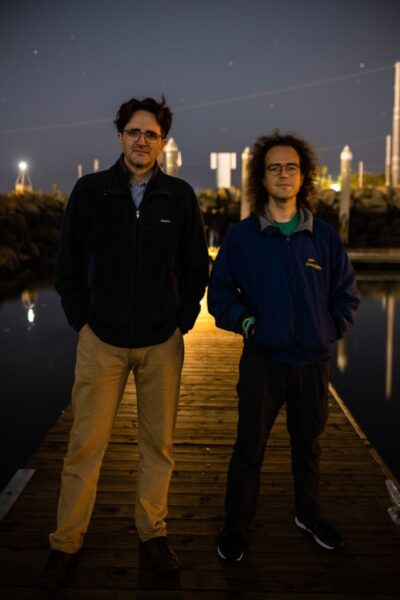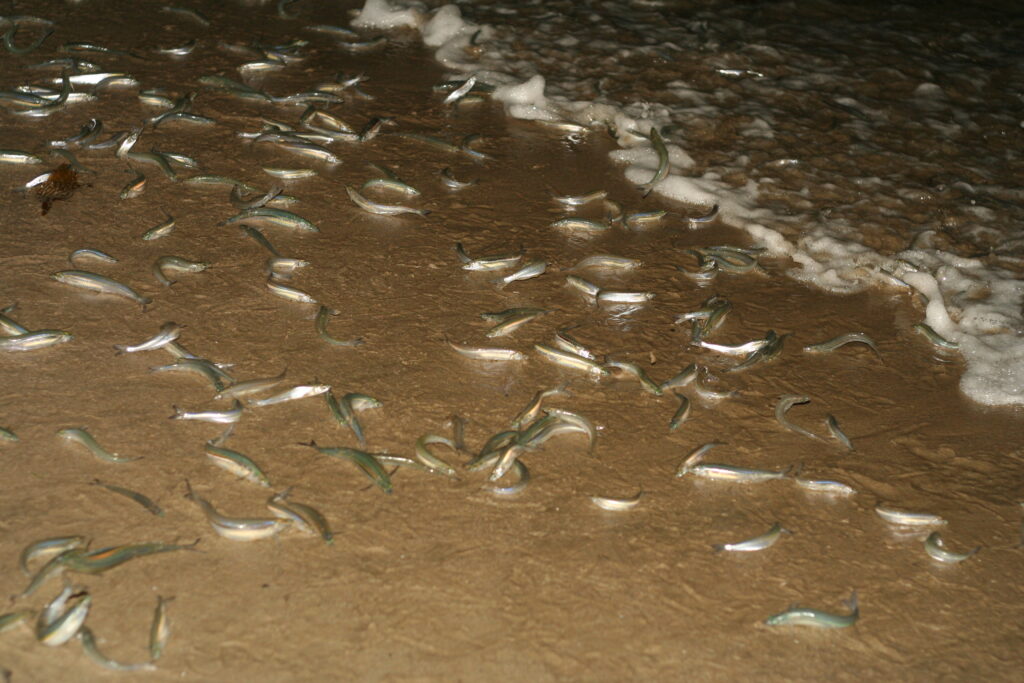A UCLA-led study has quantified, for the first time, how much of that light is too much for the Western snowy plover, a small shorebird, and the California grunion, a fish. Grunion avoid breeding where there’s light pollution brighter than a full moon, and plover avoid roosting — or settling in groups for the night — in areas with more than a half-moon’s worth of artificial light, the researchers found.
The study, published in the Journal of Coastal Research, focused on the grunion and plover because of their importance to conservation: Both are sensitive to environmental stressors and both can indicate an ecosystem’s overall health.

Researchers used satellite images and ground-based measurements to build a detailed map of light pollution along a 0.9 mile-wide strip of coast stretching from about 6.2 miles north of the northern Ventura County line to 6.2 miles south of the southern Orange County line. They then combined the map with information from local citizen-scientists who track plover and grunion locations.
The scientists found that light pollution levels were the single most important factor in predicting where grunion would lay their eggs, and the second most important, after the width of the beach, for predicting where plovers would roost.
“I don’t like to sleep with a streetlight shining in my eyes, and other species can’t pull down shades to cope,” said Travis Longcore, an associate adjunct professor at the UCLA Institute of Environment and Sustainability and the study’s senior author. “So many species depend on the visual environment, and because we spend so much time in the daylight, we forget how much other species are cued into different levels of darkness.”
Plovers and grunion avoid areas illuminated by artificial light, likely because there is an increased risk that they will be targeted or caught by predators. And it’s likely that grunion avoid illuminated areas because of possible disruptions to their reproductive signals.
The researchers analyzed how plovers’ roosting and grunion’s spawning are affected by an array of variables — in addition to the amount of artificial light, they considered beach width, land elevation, distance to freshwater, density of and proximity to human development, and the amount of night sky that is visible.
“We thought artificial light was going to matter in the model, but we didn’t really expect that it was going to be either the first or second most important variable,” said Ariel Levi Simons, a UCLA postdoctoral researcher and the paper’s lead author.
Environmental scientists have long advised that controlling light pollution, especially at night, is critical for preserving threatened species. But information about what levels of brightness are safe — and what levels of light can harm animals — has been difficult to pin down.

In the new study, the researchers calculated that grunion runs, the animals’ periodic mating rituals that occur at high tide, declined significantly in areas with more than 100 millilux of light — roughly the brightness on the beach from a full moon in a clear sky. It took only half that amount of light, 50 millilux, to disrupt plovers’ resting sites.
The findings give clear guidelines to those tasked with setting regulations to protect wildlife: Keep nighttime illumination below those limits to minimize problems.
Simons said local officials and property owners should minimize the amount of light that reaches beaches and other sensitive habitats by reducing direct glow and dimming their lights. Other solutions include putting covers on top of streetlights and changing their outdoor lights to use warm colors, such as orange and red, rather than bright blues and whites, which are more disruptive.
The study’s other co-author is Karen Martin, a biology professor at Pepperdine University.





